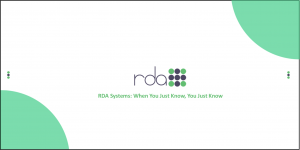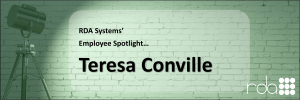In today’s fast-paced digital world, government organizations are facing increasing pressure to streamline their processes and become more responsive to the needs of their constituents.
Many local governments have already moved onto digital platforms to pursue this end, yet they continue to face bottlenecks in key areas that have historically remained paper based.
One of the largest culprits?
The requirement for hand-signed documentation.
However, new digital signature technology offers government organizations the opportunity to eliminate this bottleneck, becoming both more efficient and more responsive to their constituents.
Digitizing your signature system can boost your government’s responsiveness in several ways:
1. Removing HR Roadblocks
Paper-based signature systems can create friction in the hiring process which causes delays and makes it more difficult to onboard new employees. By digitizing signatures, government organizations can speed up the process, making it easier to bring new staff on board quickly.
To begin, map out your organization’s hiring process from beginning to end. Whether you are posting the job, receiving applications, selecting the final candidate, or even onboarding your new employee, identify when and where you will need signatures. By incorporating the digitized signature system, you will streamline the entire hiring process.
This can be especially beneficial for government organizations that are short-staffed or dealing with high turnover rates. With a digitized signature system, new employees can be onboarded faster, which can reduce the workload of existing staff and improve overall productivity.
2. Tracking and Retrieving Correspondence
With a paper-based signature system, it can be difficult to track and retrieve important correspondence. This can lead to delays in responding to constituent inquiries and concerns, which can negatively impact the relationship between government organizations and the people they serve.
Internal correspondence can also be improved with digital signature technology. No more printing out a document to be signed only to find one critical error that must fixed before reprinting it and sending it to whoever needs to sign, hoping it doesn’t get lost along the way.
By digitizing signatures, government organizations can easily track and retrieve important documents, both within their organization and with their constituents.
In the end, making it easier to respond to constituent inquiries and concerns in a timely manner helps to improve trust and transparency between government organizations and their constituents.
And we can all agree that this is crucial for effective public service delivery.
3. Managing Compliance in Procurement
Government agencies frequently work with outside vendors, requiring documentation of bids, contracts and more. Contract lifecycle management requires numerous signatures for proposals, renewals, updates, cancellations, and contract expiration.
Paper-based signature systems can make it difficult to manage compliance in this procurement process. By digitizing signatures, government organizations can streamline contract lifecycle management to make it easier to track and report on procurement activities and improve both accountability and transparency throughout the process.
The Hidden Benefits of Digital Signature Technology
The benefits of digitizing signature systems are not limited to government organizations. Constituents also stand to benefit from this process. With digitized signature systems, constituents can access government services faster, and with less hassle.
They can also receive responses to their inquiries and concerns more quickly, which can improve their overall satisfaction with government services. This can ultimately lead to increased trust and engagement between constituents and government organizations.
To improve positive relations with constituents, government organizations should map out and implement a digitized signature system as soon as possible. By reducing friction in processes, efficiency and responsiveness improves and ensures compliance with relevant regulations.
When it comes to implementation, it is important to choose a system that is secure, user-friendly, and can be easily integrated with existing systems. It is also important to provide proper training for staff so they can use the system effectively.
It’s Time to Make the Move
In conclusion, digital signature technology can play a key role in helping government organizations become more responsive to the needs of their constituents.
By removing HR roadblocks, tracking and retrieving correspondence, and managing compliance in procurement, government organizations can improve their effectiveness and build stronger relationships with the people they serve.
Furthermore, digital signature technology can help government organizations to improve transparency, accountability, and compliance, which are crucial for effective public service delivery.
The ultimate benefit is that, by digitizing signature systems, government organizations can improve the overall satisfaction of their constituents, which can lead to increased trust and engagement between both parties.





